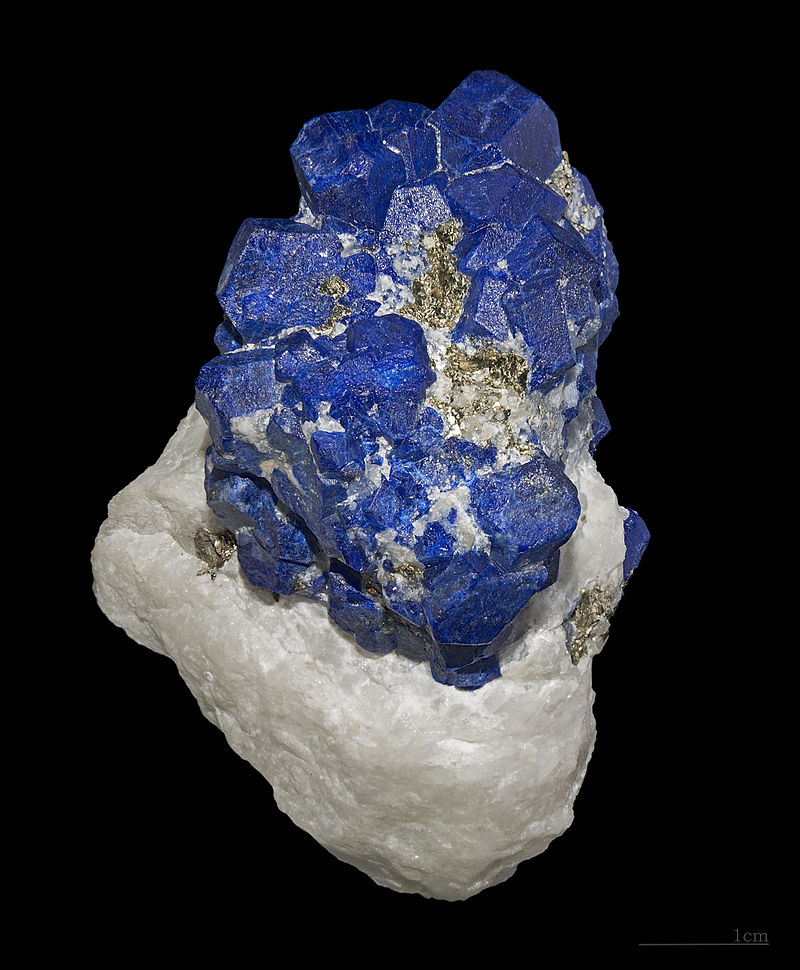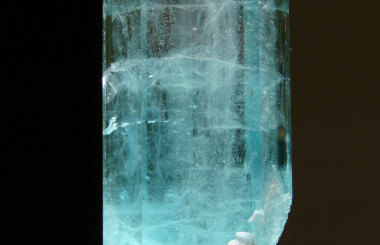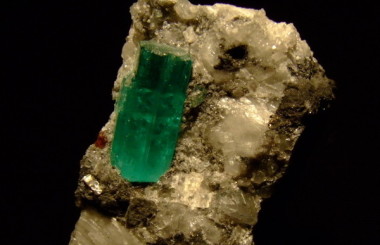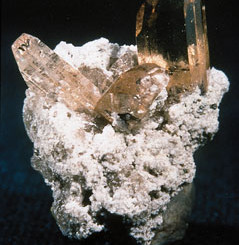
The beautiful deep blue of Lapis-Lazuli has been a part of fine jewelry for over 6,000 years. Many fine examples can be found inlayed into the gold work of Babylonia and ancient Egypt. The Lapis they used was not native to Egypt, but came from the most famous and oldest source known, the Badakshan district of Afghanistan. This area still produces the finest lapis available.
Lapis is a rock composed of several minerals, chiefly Lazurite, Hauyne, Sodalite, and Nosean. Calsite is often present in the form of white spots or streaks. Inclusions of Pyrite show up as sprinkles of brassy yellow. The finest lapis is of a deep, even blue color with no traces of white, and while some feel there should be no pyrite, others hold strong opinions that the addition of a few sparkling flecks of pyrite are a must.
Lapis is particularly well suited for men’s jewelry as it is fairly tough, takes a good polish and does not wear easily. Should it become scratched it is easily repolished. It’s dark blue color is also dark enough not to be a problem in color coordinating with clothes.
I think one of the most interesting things about lapis is the variety of uses it has had in it’s long history. It has been highly prized in all types of jewelry, both men’s and women’s. The Chinese used powdered lapis in a cosmetic for painting their eyebrows and used sheets of lapis studded with pearls as screens. Russian royalty used lapis extensively too in construction and some rooms commissioned by Catherine the II, for example are lined with a beautiful blue “tile”- slabs of lapis. Many of the worlds great paintings have lapis in them as well, for until 1928 when a synthetic material was developed to replace it, ground lapis was used to make the pigment for the artists Ultramarine Blue.
Come in and see our display of lapis this month. There is a lot to choose from.



